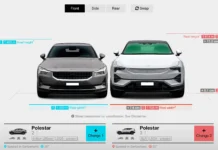The decision to change a car’s engine is typically fueled by the driver’s desire for power, performance, and customization. While an engine swap is a rewarding project, it should be approached carefully. In our comprehensive guide, we list a few factors to consider when swapping a car’s engine.
Fitment and Compatibility
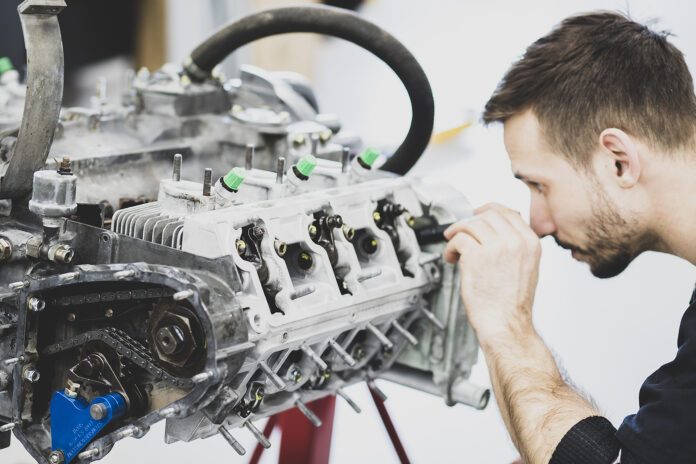
Before replacing your engine, it’s important to ensure that the new powerplant will work with your vehicle. Consider factors like transmission compatibility, mounting points, and the need for engine bay and chassis modifications. When the new engine works seamlessly with existing components, the swap is more likely to be successful.
Budgeting
As you’re planning an engine swap, you’ll need to consider what’s affordable. Swaps vary in cost depending on engine type and project complexity. Before starting, create a budget including the cost of the new engine, additional parts, and labor. It’s best to create a contingency fund for unexpected challenges that may arise during installation.
Compliance With Emissions Standards and State Law
Every state has different emissions standards and engine modification laws, and it is crucial to research and understand them before undertaking an engine swap. Some projects may require additional inspections, paperwork, and regulatory compliance. Failing to follow the rules may bring registration problems and legal consequences.
Experience and Skill Level
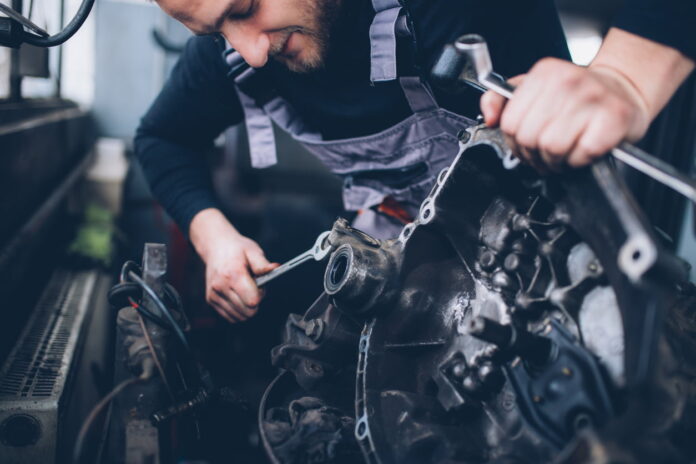
Engine swaps vary in complexity, ranging from straightforward to intricate. Before opening the hood, assess your skills and mechanical aptitude. If it’s your first swap, consider seeking professional advice. Complex projects may require specialized tools, advanced skills, and in-depth knowledge that only a licensed technician can provide.
Performance and Usage Goals
Before starting an engine swap, define your usage and performance goals. Whether you’re seeking better fuel economy, higher horsepower, or more torque, your goals will determine engine and modification selection. Every engine has strengths and weaknesses, and aligning those capabilities with your goals is essential.
Transmission Compatibility and Condition
Transmission compatibility is a vital consideration during an engine swap. Assess whether the existing transmission can handle the new engine’s torque and power or consider changing the gearbox. When transmissions and engines work harmoniously, vehicles last longer.
Cooling System Configuration and Modifications
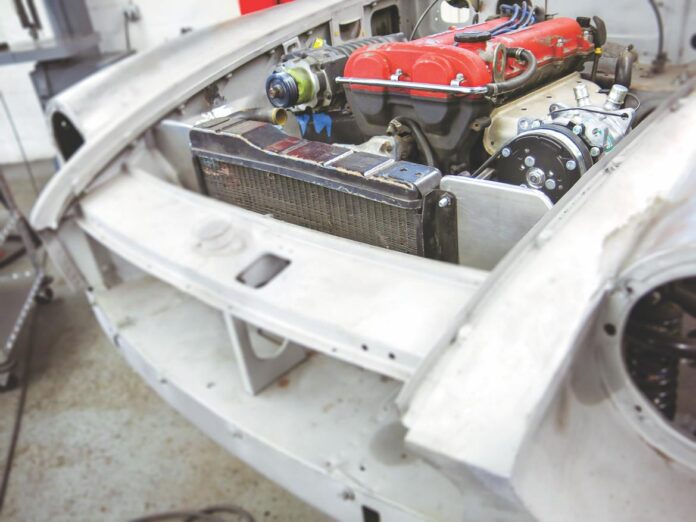
Automotive cooling systems are easy to understand, but many underestimate the amount of work they add to an engine swap.
While mechanical fans work well with older engines, today’s motors run hotter and need more cooling power. As you’re planning an engine swap, be sure to consider the new engine’s cooling needs and the vehicle’s existing components.
Parts Availability
Assess the availability of aftermarket parts, documentation, and support for the engine. Choosing a powerplant with a strong aftermarket simplifies troubleshooting, maintenance, and parts sourcing. When engines come with community and technical support, drivers find it easier to overcome installation challenges.
Tools
To successfully change engines, you’ll need a few tools, including:
- Ratchets
- Sockets
- Screwdrivers
- Wrenches
- Pliers
- Breaker bars
Tools vary widely in type, quality, and price. Before starting an engine swap, learn about the tools you’ll need.
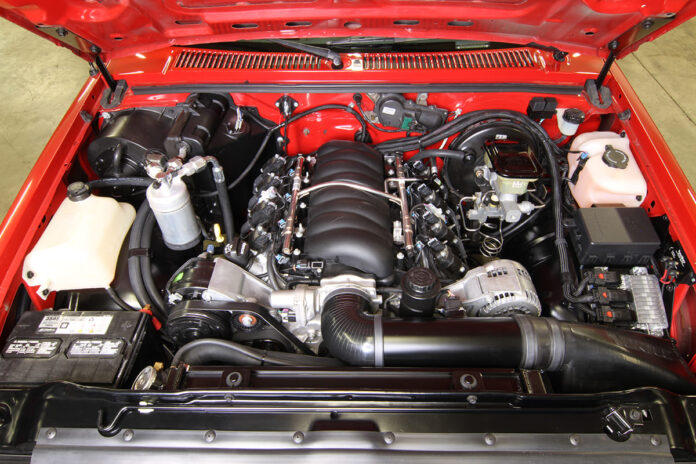
Keep These Factors in Mind for a Successful Engine Swap
An engine swap is an exciting project that increases a vehicle’s customization and performance. Just keep in mind to follow through this upgrade with other car parts like brakes, wheels, strut bars, etc. Success, also depends on consideration of the factors listed above. By keeping these aspects in mind, you’ll get through the project and enjoy satisfying results.




